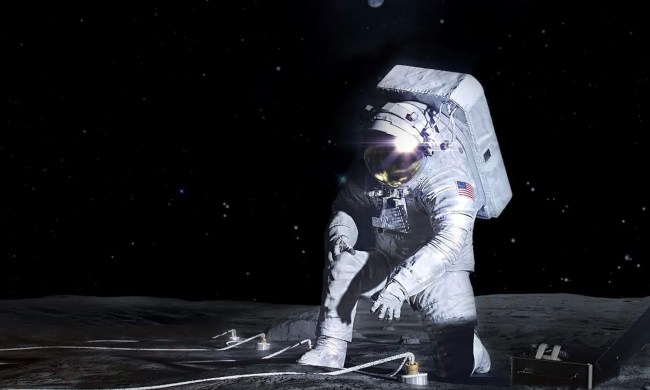NASA’s Swift Observatory, which investigates high-energy phenomena like gamma-ray bursts, has returned to operations following an issue which forced it into safe mode last month.
“NASA’s Neil Gehrels Swift Observatory successfully returned to science operations Thursday, Feb. 17,” NASA wrote in a brief statement. “The spacecraft and its three instruments are healthy and operating as expected.”

NASA went on to confirm that the observatory will continue operating using five out of its six reaction wheels. The issue began in January this year, when the observatory was forced to suspend its science operations. The telescope was automatically put into safe mode to prevent any damage to its instruments, which meant it operated only its essential functions and did not collect any science data.
Early investigations showed that one of the spacecraft’s reaction wheels was the culprit for the issue. These reaction wheels work to keep the telescope pointed in one direction, so that it can accurately gather data on its targets. The telescope specializes in detecting gamma-ray bursts, which are brief events lasting between a few minutes and a few milliseconds, so the observatory has to react quickly to observe them.
Following testing of the issue, NASA confirmed at the start of February that the problem was indeed due to one of the reaction wheels. Based on what appeared to be a mechanical issue, one wheel had failed. However, it was still possible for the observatory to operate using just five our of its six total wheels. The team decided to go ahead with restarting the telescope using five wheels, which will slightly impede its response time but will allow it to continue safely collecting data.
The new configuration has now been uploaded and the observatory is collecting data once more. “The spacecraft is now operating using five reaction wheels instead of six, following a failure of a reaction wheel that caused the observatory to enter safe mode on Jan. 18,” NASA wrote. “The team is monitoring the spacecraft’s performance as Swift resumes its mission to study the high-energy universe.”



